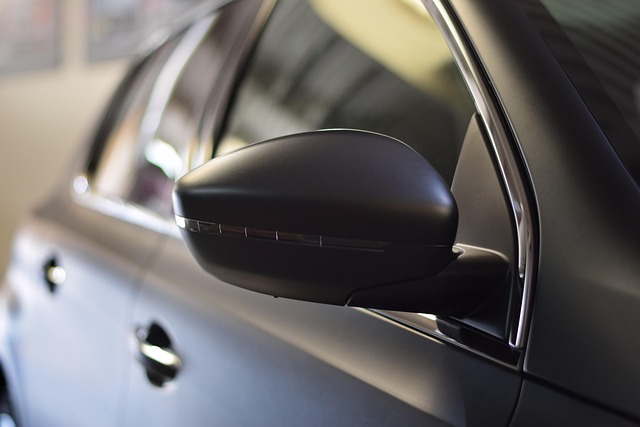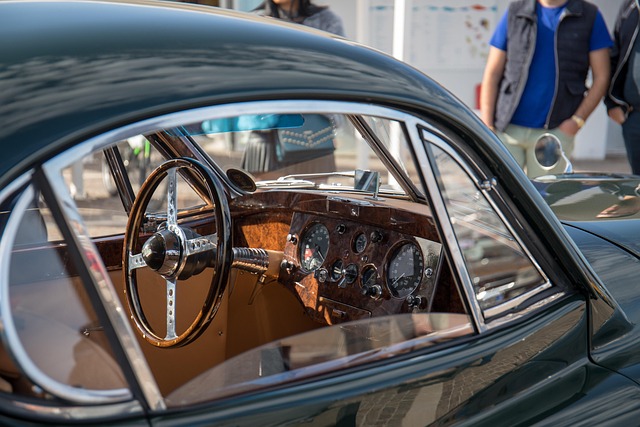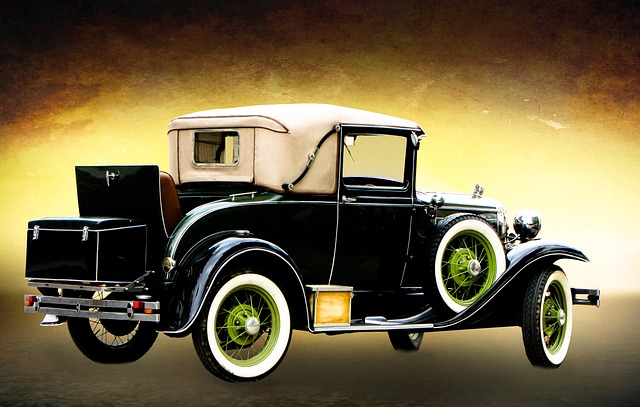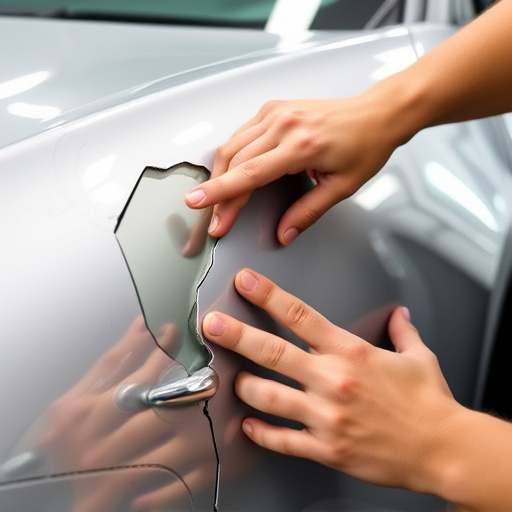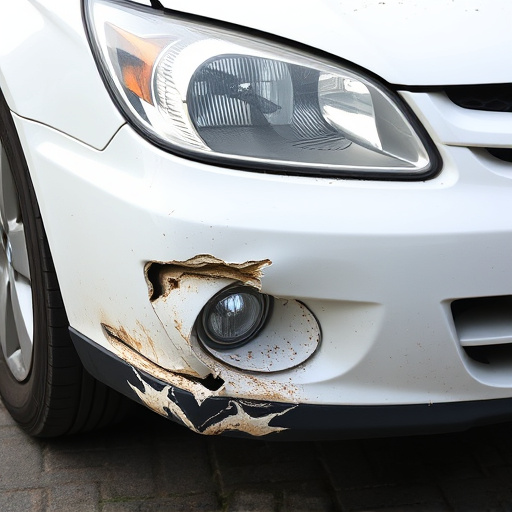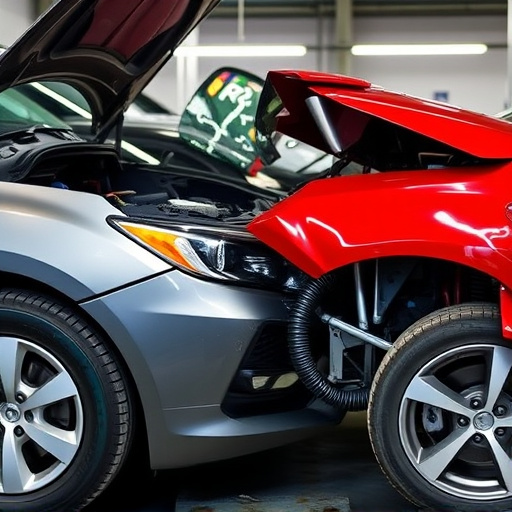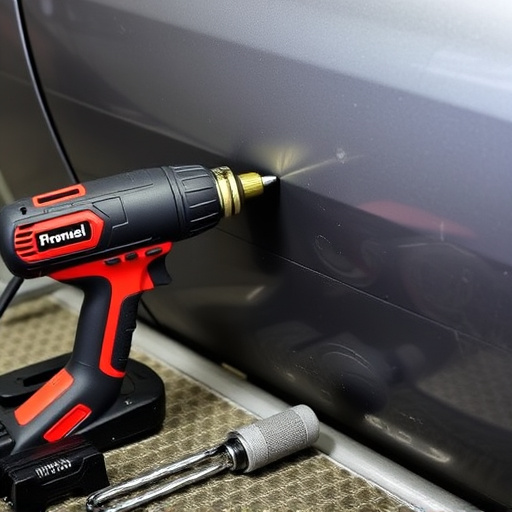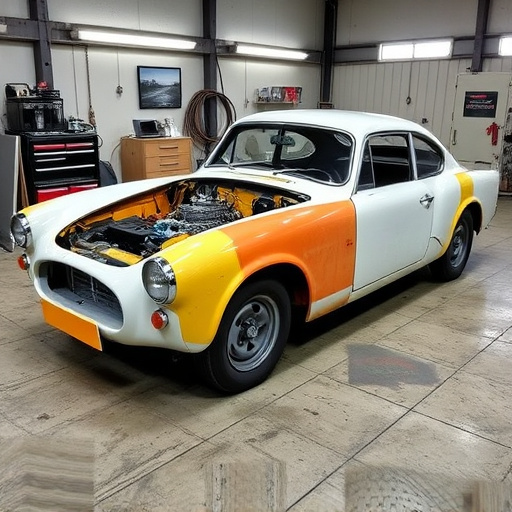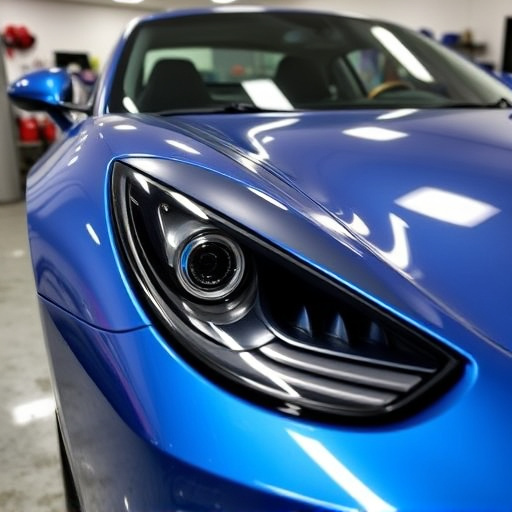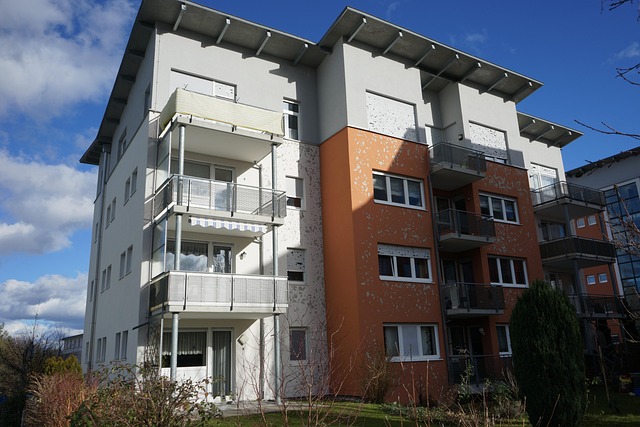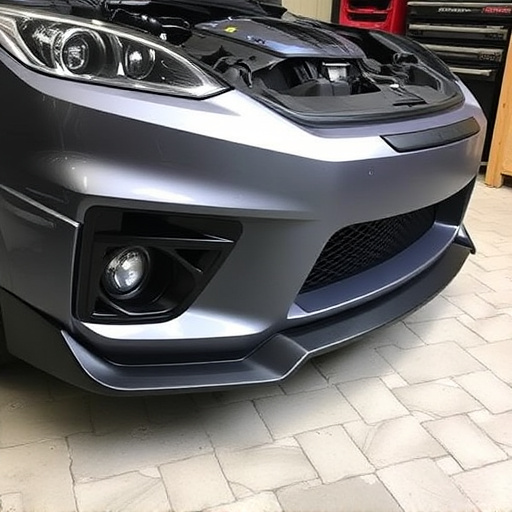Frame machine repair requires precise identification and use of correct parts to avoid incompatibility. Technicians should follow a structured approach, ensuring visual comparisons, part number validation, and structural integrity checks for accurate repairs. Safety is paramount; wearing PPE, maintaining machines, and training technicians on safety protocols are essential practices to mitigate risks and ensure quality work, especially in luxury vehicle repair.
“Avoid common pitfalls in frame machine repair with our comprehensive guide. Discover the top three errors that technicians often encounter, and learn how to minimize their impact. We explore misidentifying parts, incorrect assembly techniques, and neglecting safety protocols. By understanding these issues, you’ll enhance efficiency, ensure quality repairs, and prioritize safety during frame machine repair tasks.”
- Misidentifying Parts: Common Confusions and Checks
- Incorrect Assembly Techniques: Step-by-Step Guidance
- Neglecting Safety Protocols: Best Practices for Technicians
Misidentifying Parts: Common Confusions and Checks
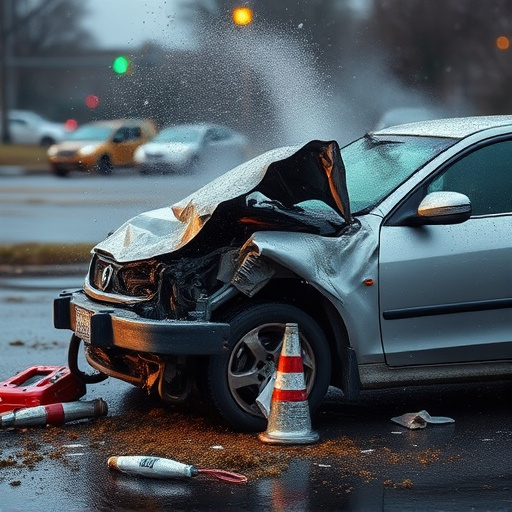
Misidentifying parts is a frequent pitfall in frame machine repair tasks. Technicians often struggle with distinguishing between similar-looking components, especially when dealing with complex vehicle structures. This error can lead to using incompatible or incorrect parts during the repair process. To avoid this, it’s crucial to have a thorough understanding of the vehicle’s blueprint and consulting manufacturer guidelines. Cross-referencing part numbers and visualizing schematics before handling any component can significantly reduce misidentification risks.
Common confusions often arise with parts like fenders, doors, and hoods, especially after hail damage repair or dent repair sessions. Auto body services professionals need to be vigilant in checking each part’s uniqueness and compatibility before installation. Simple checks include comparing physical attributes, validating part numbers, and examining structural integrity. By adopting meticulous practices, technicians can ensure accurate frame machine repair, enhancing the vehicle’s overall performance and safety after repairs for dent repair or hail damage repair are complete.
Incorrect Assembly Techniques: Step-by-Step Guidance
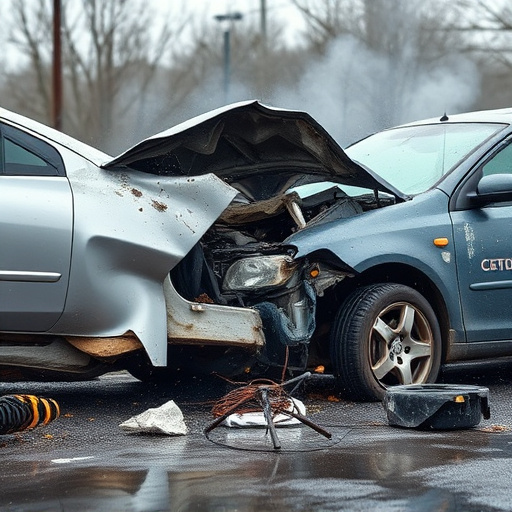
When engaging in frame machine repair tasks, one of the most common errors lies in the incorrect assembly techniques. To avoid this pitfall, it’s crucial to follow a structured, step-by-step approach. Begin by ensuring all necessary components are gathered and properly identified. Verify each part matches the specific requirements of your frame machine model before proceeding with the assembly.
Next, create a clean, organized workspace to maintain precision. Place each component in its designated area, referring to detailed manuals or seeking guidance from experienced technicians if needed. Align pieces meticulously, using level tools and measuring tapes to guarantee accuracy. Secure parts with appropriate fasteners, tightening them as per manufacturer recommendations to prevent future dislodging. Regularly double-check your work at each assembly stage to catch any errors early, making adjustments accordingly for seamless car body repair or autobody repairs.
Neglecting Safety Protocols: Best Practices for Technicians
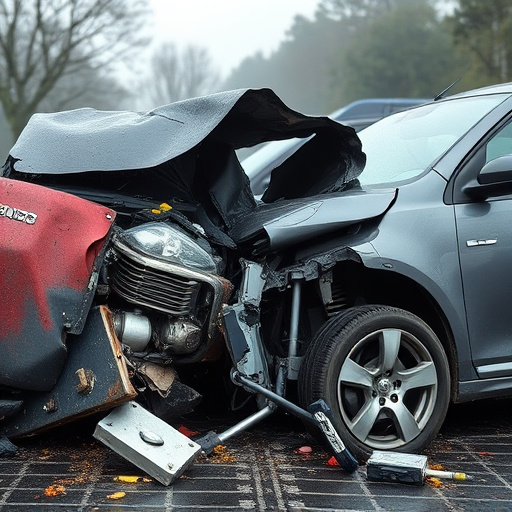
In the fast-paced world of automotive repair, technicians often rush through tasks, overlooking critical safety measures in their haste to complete a job. Neglecting safety protocols during frame machine repair can lead to severe accidents and injuries, not just for the technicians but also for other workers nearby. It’s essential to treat every step of the repair process with caution, especially when dealing with intricate machinery designed to straighten and reshape metal frames.
Best practices for technicians include wearing appropriate personal protective equipment (PPE), such as safety glasses, gloves, and ear protection. Additionally, ensuring that all machines are properly maintained and calibrated before use is paramount. Technicians should also be trained in operating the frame machine safely, including understanding its limitations and knowing how to react in case of malfunctions or unexpected issues. Incorporating these safety measures into daily routines not only prevents accidents but also enhances the overall efficiency of frame machine repair tasks, ensuring that auto maintenance and hail damage repair are carried out without compromising anyone’s well-being. For luxury vehicle repair, where precision is key, adhering to safety protocols becomes even more critical.
In the realm of frame machine repair, avoiding common errors is essential for ensuring quality and safety. By understanding part misidentification, adopting correct assembly techniques, and prioritizing safety protocols, technicians can significantly enhance their work’s precision and integrity. Remember that proper training and continuous learning are key to mastering these tasks, making each repair a successful transformation.
